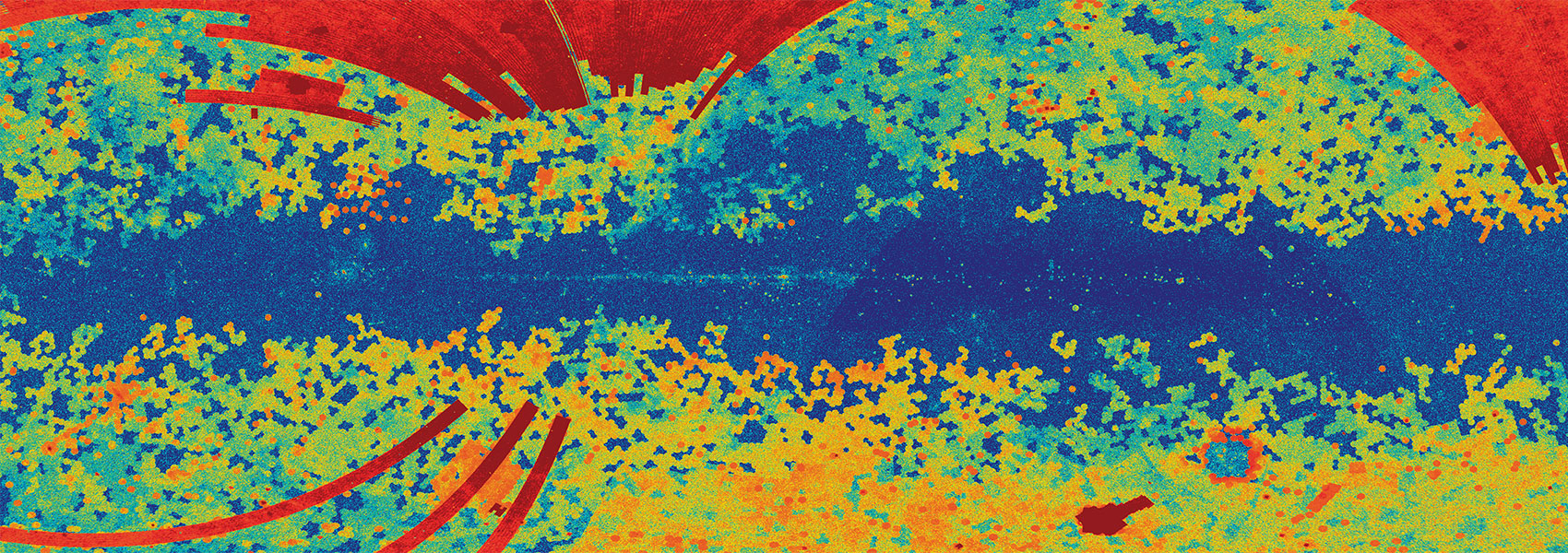
ROME/REA: Three-year, Tri-color Timeseries Photometry of the Galactic Bulge
June 2024 • 2024PASP..136f4501S
Abstract • The Robotic Observations of Microlensing Events/Reactive Event Assessment Survey was a Key Project at Las Cumbres Observatory (hereafter LCO) which continuously monitored 20 selected fields (3.76 sq.deg) in the Galactic Bulge throughout their seasonal visibility window over a three-year period, between 2017 March and 2020 March. Observations were made in three optical passbands (SDSS , , ), and LCO's multi-site telescope network enabled the survey to achieve a typical cadence of ∼10 hr in and ∼15 hr in and . In addition, intervals of higher cadence (<1 hr) data were obtained during monitoring of key microlensing events within the fields. This paper describes the Difference Image Analysis data reduction pipeline developed to process these data, and the process for combining the photometry from LCO's three observing sites in the Southern Hemisphere. The full timeseries photometry for all ∼8 million stars, down to a limiting magnitude of i ∼ 18 mag is provided in the data release accompanying this paper, and samples of the data are presented for exemplar microlensing events, illustrating how the tri-band data are used to derive constraints on the microlensing source star parameters, a necessary step in determining the physical properties of the lensing object. The timeseries data also enables a wealth of additional science, for example in characterizing long-timescale stellar variability, and a few examples of the data for known variables are presented.
Links



